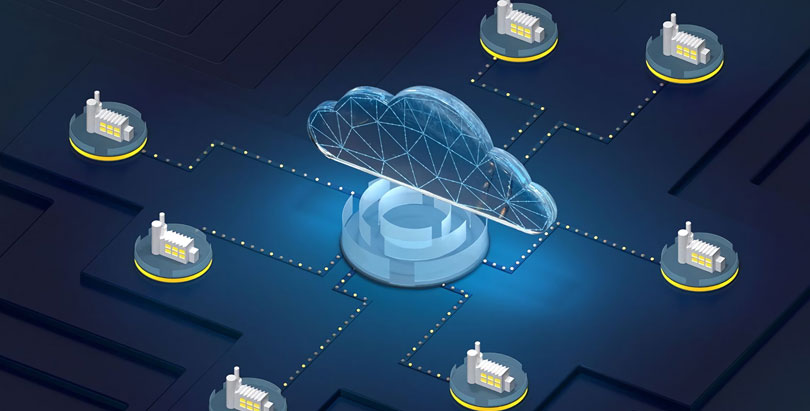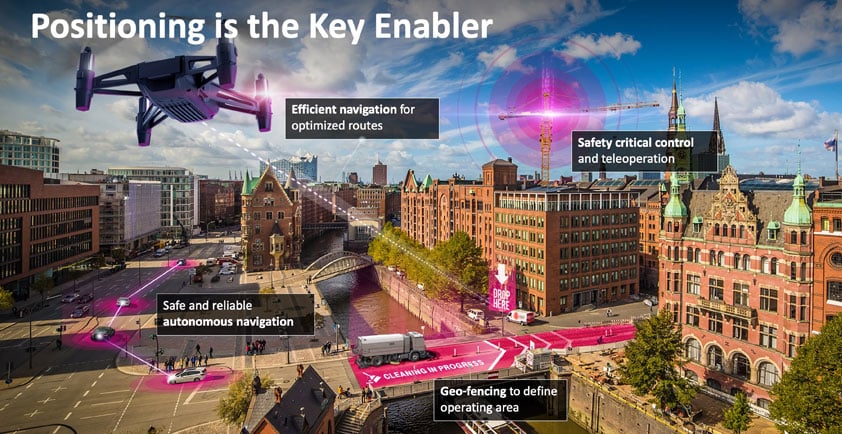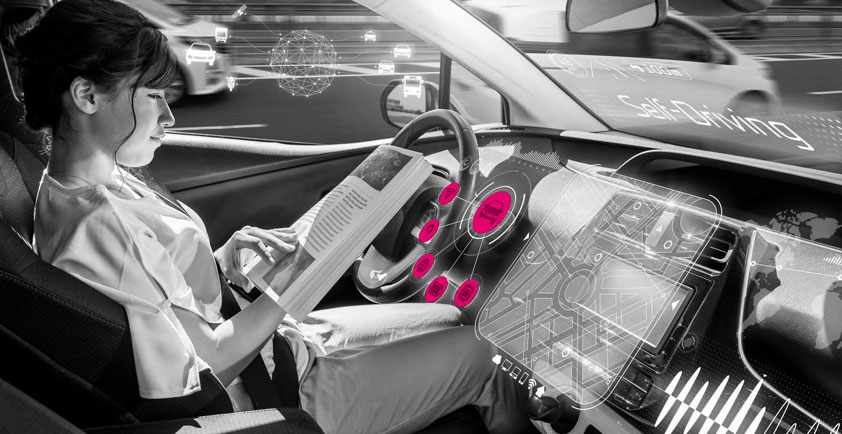

VW AMERICAS: CONTINENTAL CONNECTION
The world’s largest automotive group commissions T-Systems to operate its entire IT and network structure for most of its production sites of its Volkswagen, Audi and MAN brands in North and South America.
"It runs and runs and runs ...” – The slogan with which Volkswagen promoted the reliability of the legendary VW Beetle in the early 1960s is still present worldwide. ICT networks and digitization have however since then revolutionized the product life cycle of cars-- not just when the cars are being driven, but also during their production. However, the demands made by car manufacturers and drivers alike are still the same in practice today– everything should “run.” For example, at Volkswagen’s Puebla plant in Mexico.
Almost every process runs IT-based
As here on the 300-hectare plant site, where 435,373 vehicles rolled off the production line last year, automobile production is all about keeping all production processes, quasi just-in-sequence, at a constant high speed. For example, between supplier park and assembly, engine production and test centre, body production and paint shop. And almost all of these processes are now IT-based. With this in mind, Volkswagen recently commissioned T-Systems to operate its entire IT and network infrastructure (ICT) for most of its plants in North and South America for the next five years. Whether for the Audi Q5 in San José Chiapa/ Mexico or the MAN-Volksbus in Resende, Brazil, the compact SUV “Space Cross” in Pacheco, Argentina, or the “Atlas” produced in Chattanooga, Tennessee, USA, the ICT services comprise most of the 14 plants of the Volkswagen Group in four countries and all models of the Volkswagen, Audi and MAN brands.
More than 2.000 virtual servers
Services include more than server and data management, i.e. storage, backup and recovery. T-Systems’ responsibility also extends to the IT security operations for Volkswagen’s protection of its servers, networks, and data. In addition, there are the areas of e-mail and middleware, job and asset management plus LAN and WAN networks at the locations. T-Systems operates more than 2,000 virtual servers and more than 6,000 LAN and 400 WAN components. And the number of systems and services, according to mutual expectations, will continue to increase during the contract period until 2023. A team of 350 experts is spread across the continent to ensure the availability of a robust IT and network infrastructure for Volkswagen around the clock.


A cloud first strategy applies
For Adel Al-Saleh, Member of the Board of Management of Deutsche Telekom and T-Systems CEO, the new cooperation confirms “our claim to be a long-term partner for Volkswagen and to support the declared Cloud First strategy of the world’s largest car manufacturer.”
For Eduardo Nava, CIO in Volkswagen de Mexico, “the consolidation of the IT and network infrastructure of Volkswagen plants on the American continent is a big step towards the commonization of processes and infrastructure, and a prerequisite for further integration in the Cloud.”
With its Cloud First Strategy, Volkswagen is pursuing a hybrid multi-vendor cloud approach – a combination of private and public clouds that the company procures from T-Systems among others. The long-term goal is to reduce the corporation’s global IT service and operating costs by up to 60 percent. Keeping in mind economies of scale and possible automation, the focus will be on one-off expenses in IT projects and the development of infrastructures.
Not everything is cloud-ready
A familiar problem for large corporations worldwide is the number of applications they use is often well into the four-digit range. The issue is that most of them are not cloud-ready. However, the applications that have grown over the years contain enormous development know-how. “This raises the question,” says Román Peláez, Volkswagen Account Executive at T-Systems in Mexico, “how do we bring these applications into a completely new architecture in order to make the best possible use of the advantages of cloud computing?”
Legacy Hotel Cloud?
The heterogeneous, historically grown IT landscapes often contain a wide range of legacy applications, in-house developments, and applications from various providers. “But quite a few of them,” says Román Peláez, “can be the linchpin of an IT and process landscape.”
With its Cloud Integration Center (CIC), T-Systems offers companies a solution that enables them to integrate their own developments into their service catalog via a joint project and a standard marketing process. What's more, all of this is on the basis of a uniform platform – both for self-managed and managed services – for operation as infrastructure, platform, or software-as-a-service (IaaS, PaaS and SaaS). Companies can use three cloud usage variants in the CIC; they obtain applications from the cloud as required, migrate their own applications to T-Systems’ highly secure private cloud, and develop their own cloud offerings that they can also make available to other companies and their customers. And after a quality and security check by T-Systems, even newly developed applications can be released in the Cloud Integration Center.
Author: Thomas van Zütphen













